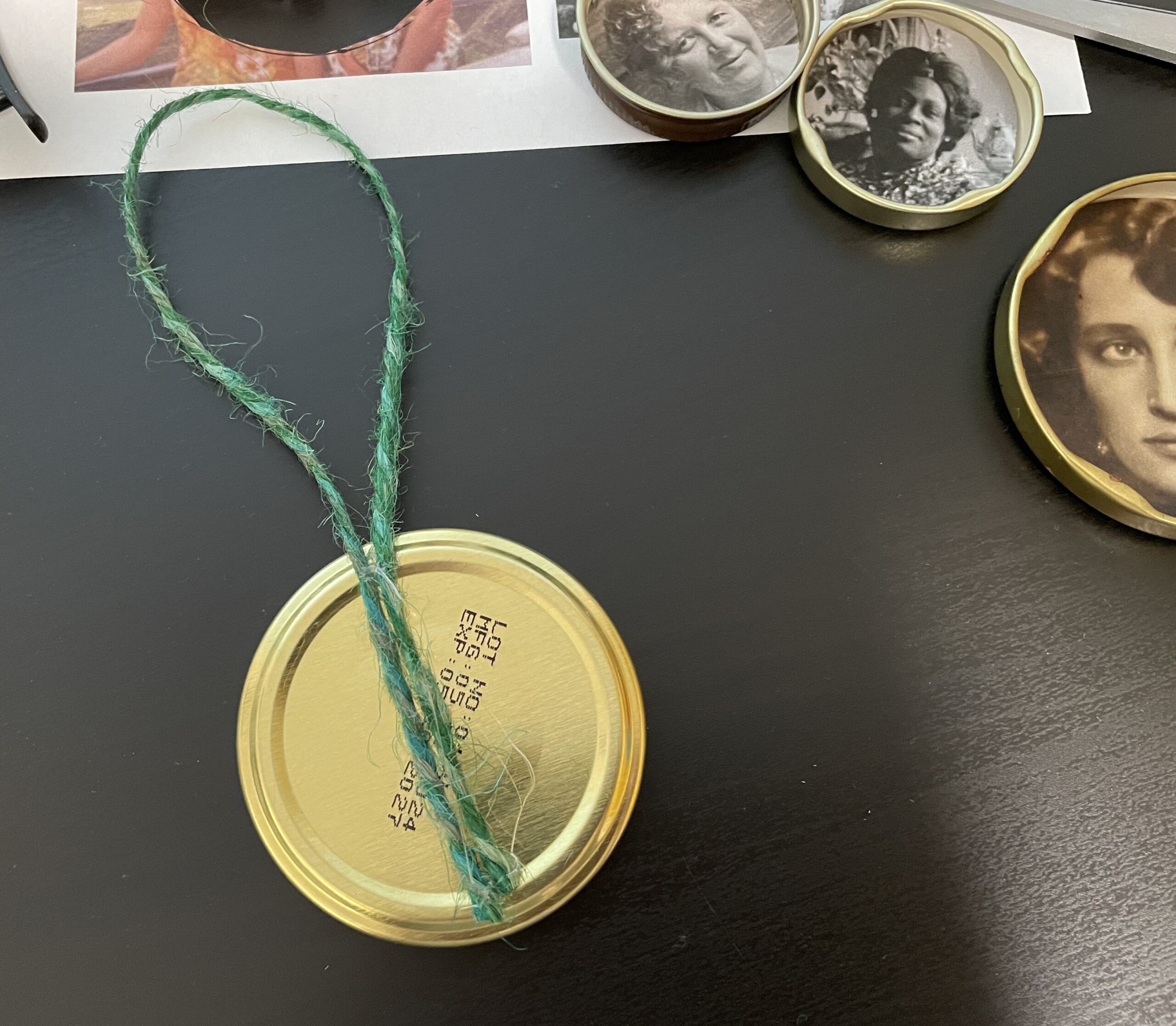Purpose
In medieval times, Symbel was a communal ritual of the Anglo-Saxon and other Germanic peoples, in which participants gathered in a meadhall to share food and drink, give toasts, and make vows to their gods or ancestors. The purpose of Symbel was to forge and reinforce social bonds, celebrate past deeds and future aspirations, and seek the favor of the gods or spirits. It was a central ritual of Germanic Heathenship and played an important role in community-building and religious expression.
Today, we can perform this rite as a part of an elaborate Blót or Huselgang, or as a standalone rite.
Roles
Symbel-gifa – The “Banquet-Giver”, this is the official or person hosting the Symbel.
Byrele – The Cupbearer. This person keeps the Symbel vessel filled, and bears the first cup or horn to the symbel-gifa to begin each round. Traditionally, this is the ranking woman among the attendees.
Þyle – Orator. This optional role is given to a senior member of the assembly. His or her role is to keep participants honest and orderly, especially with respect o boasts and oaths.
Eala-scóp – “Ale Poet”. This optional role is for those who have the craft of poetry, and wish to create or recite poetry as a part of the Symbel.
Preparation
Choose a location for the Symbel that is sacred or meaningful to you and your community. Historically attested symbel rites seem to have been held indoors, in the meadhall or in a community hof, a structure that combines a leader’s residence with the notion of a court, or community center. Today, this is very likely to be the temple, ritual space or home of the person hosting the symbel, but there is no compelling reason why it could not be outdoors. It may be appropriate to decorate the space with symbols of the Ingwine faith, such as banners, runes, or images of the gods or heroes.
Set up a Symbel horn, beaker or other drinking vessel that will be used to pass around the ceremonial drink (mead or ale). In some kindred groups, it is considered appropriate to hallow the ritual beverage with words, gestures or with fire. Though this practice at Symbel is not attested in pre-conversion sources, it is perfectly appropriate to do so if desired.
Opening
Begin the ritual by making an offering to the gods and ancestors. This can be done by lighting a candle, incense, or other symbol of fire, or by pouring out a libation of mead or ale onto the ground. The Symbel-gifa may wish to say a few words about the purpose of the gathering. Where applicable, the Byrele pours the first cup or horn of ritual drink, and passes it directly to the Symbel-Gifa, who should call upon the gods and ancestors to look well upon the Symbel and to guide your words and actions.
Round 1: Toasts to the Gods
The first round of toasts is typically dedicated to the gods and ancestors. Each participant should take a turn making a toast to a particular deity that is meaningful to them. As each person makes their toast, they should take a drink from the Symbel horn and then pass it to the next person.
Round 2: Boasts and Oaths
The second round is dedicated to personal boasts and oaths. Each person should take a turn making a statement about their accomplishments, goals, or commitments, a tradition known as the gielp, or if a great undertaking is being planned, they might make an oath to the gods or ancestors to fulfill their promises. This should only be done after careful forethought, it is ill-luck indeed to make an unwise or unfulfillable oath at Symbel! The Þyle if present, should endeavor to make sure participants do not say anything here they will later regret.
Again, each person should take a drink from the Symbel horn and pass it on to the next person.
Round 3: Stories and Praise
The third round is dedicated to stories and praise. Each person should take a turn telling a story about a significant event or person in their life, or praising someone else in the community for their accomplishments or virtues. It is appropriate during this round to toast departed kin, or revered ancestors whose memory the participant wishes to keep alive. As before, each person should take a drink from the Symbel horn and then pass it on.
Closing
Once all rounds are completed, the ritual should be closed with a final offering to the gods and ancestors, thanking them for their presence and blessings. Any remaining mead or ale should be poured out as a final libation, and the Symbel vessel should be cleaned and stored until the next ritual.



